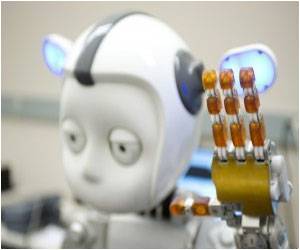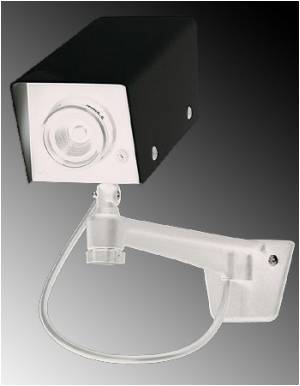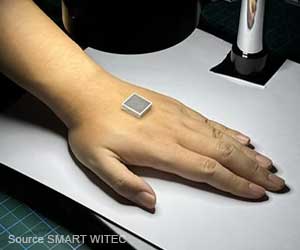The highly accurate, touch-free system, DistancePPG, can measure a patient's pulse and breathing just by analyzing the changes in one's skin color over time.

Kumar, the project’s lead graduate researcher, said, "DistancePPG would be particularly helpful to monitor premature infants for whom blood pressure cuffs or wired probes could pose a threat. Our key finding was that the strength of the skin-color change signal was different in different regions of the face, and so they developed a weighted-averaging algorithm, which improved the accuracy of derived vital signs, rapidly expanding the scope, viability, reach and utility of camera-based vital-sign monitoring. By incorporating tracking to compensate for movement, even a smile, DistancePPG perceived a pulse rate to within one beat per minute, even for diverse skin tones under varied lighting conditions. We expect the software to find its way to mobile phones, tablets and computers so people can reliably measure their own vital signs whenever and wherever they choose."
The research is published in Biomedical Optics Express.
Source-Medindia
 MEDINDIA
MEDINDIA




 Email
Email




